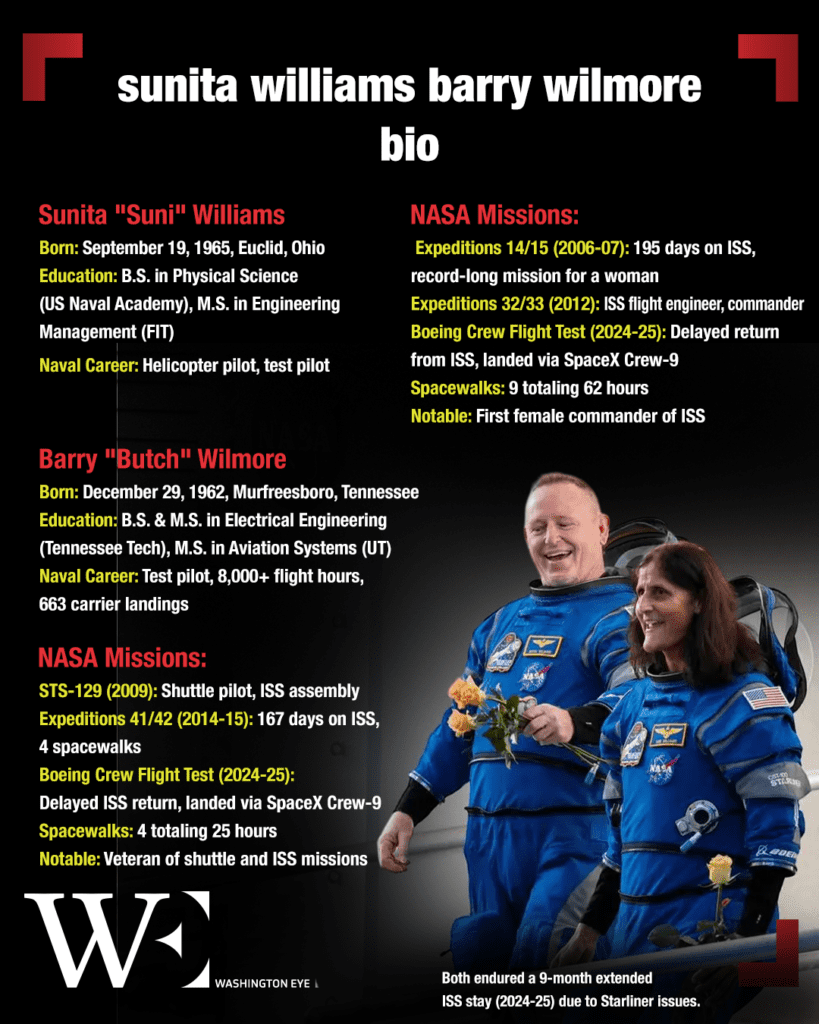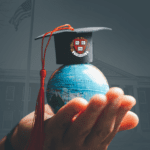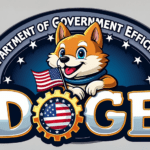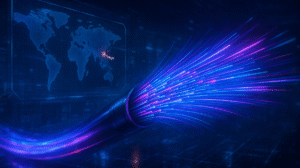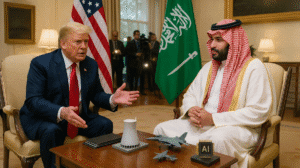After an unexpected nine-month mission aboard the International Space Station (ISS), NASA astronauts Sunita “Suni” Williams and Barry “Butch” Wilmore have successfully returned to Earth. Their journey back culminated in a splashdown off the coast of Florida on March 18, 2025, at approximately 5:57 p.m. Eastern Time (ET).
Mission Overview
Williams and Wilmore embarked on their mission to the ISS on June 6, 2024, aboard Boeing’s Starliner spacecraft. The original plan was for an eight-day stay to test the new crew capsule. However, technical issues, including thruster malfunctions, led to an indefinite extension of their mission. These unforeseen complications necessitated a change in their return vehicle, prompting NASA to arrange their journey back aboard SpaceX’s Crew Dragon capsule.
During their prolonged tenure on the ISS, Williams and Wilmore seamlessly integrated into the station’s crew, contributing to various scientific experiments and maintenance tasks. They participated in nine spacewalks, addressing both scheduled upgrades and unexpected repairs, thereby ensuring the continued functionality of the station.
Their extended mission also included unique experiences, such as celebrating holidays like Thanksgiving and Christmas in space, and even participating in the 2024 U.S. elections from orbit. Despite the delays and the political discourse surrounding their prolonged stay, both astronauts maintained a positive outlook, emphasizing their commitment to the mission and their readiness to support NASA’s decisions.
Return Journey
The return journey commenced with the undocking of the Crew Dragon capsule from the ISS at 1:05 a.m. ET on March 18, 2025. Accompanying Williams and Wilmore were NASA astronaut Nick Hague and Roscosmos cosmonaut Aleksandr Gorbunov, who had been on the ISS since September 2024. The capsule’s re-entry and descent were closely monitored, with live coverage provided by NASA and SpaceX.
The splashdown occurred as scheduled, with recovery teams swiftly securing the capsule and assisting the astronauts. Post-splashdown procedures included medical evaluations and debriefings to assess the crew’s health and gather data on the effects of prolonged space habitation. The astronauts were then transported to NASA’s Johnson Space Center in Houston for further assessments and reunions with their families.
Sunita “Suni” Williams is a seasoned astronaut with a distinguished career. She previously served on Expeditions 14, 15, 32, and 33, and held the position of commander during Expedition 33. Williams is renowned for her spacewalking expertise, having accumulated over 50 hours across multiple extravehicular activities.
Barry “Butch” Wilmore, a veteran naval aviator and test pilot, has also had an illustrious career with NASA. Prior to this mission, he served as a pilot on STS-129 and as a flight engineer on Expedition 41, later commanding Expedition 42. Wilmore’s extensive experience has been instrumental in various technical and operational aspects of space missions.
The challenges faced during this mission underscore the complexities inherent in human spaceflight and the importance of rigorous testing for new spacecraft. Boeing’s Starliner, intended to diversify crewed launch capabilities, encountered significant hurdles that have delayed its operational deployment. NASA’s reliance on SpaceX’s Crew Dragon for this unplanned return highlights the necessity of having multiple reliable avenues for crewed missions.
Looking ahead, NASA aims to continue collaborations with commercial partners to enhance the resilience and flexibility of crewed space exploration. The experiences of Williams and Wilmore will provide valuable insights into the effects of extended space missions on human physiology and psychology, informing future long-duration expeditions, including potential missions to Mars.
The safe return of astronauts Sunita Williams and Barry Wilmore marks the successful conclusion of an unanticipated extended mission aboard the ISS. Their resilience and adaptability serve as a testament to human ingenuity and the collaborative spirit of space exploration. As NASA and its partners analyze the lessons learned from this mission, the insights gained will undoubtedly contribute to the advancement of future space endeavors.
